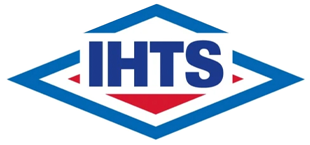IHTS Case Studies

Lean, Integrated Heat Treating For Ductile Iron Castings
For many years, ductile iron castings have been given improved mechanical properties with austemper heat treat quenching processes in hot salt. Austempered Ductile Iron (ADI) was pioneered by Applied Process in close collaboration with the ductile iron foundries. Due to their superior mechanical properties, high ductility, low predictable distortion and lower cost of manufacturing, ADI parts have replaced many steel parts. The unique physical properties of ductile iron for noise and vibration dampening, as well as machinability and lubricity from the graphite particles, bring additional benefits to the lean part manufacturer who collaborates with an ADI heat treater.
Recently, high quality, continuously cast ductile iron (Dura-Bar®) has been the raw material for hardening with an intensive water quenching process. This collaboration of the ductile iron material maker, the part makers, and the heat treater makes for Intensively Quenched Ductile Iron (IQDI®) products that provide a better “bundle of properties” to the end user at a lower cost than the hardened steel parts they replace.
IQDI parts have a deeper hardened layer to a higher hardness than oil quenched parts. While oil quenched ductile iron parts have undesirable residual tensile surface stresses, ductile iron parts that have been uniformly and intensively water quenched, then air cooled, and tempered, exhibit beneficial compressive residual surface stress.
The IQDI combination offers a strong and lubricious alternative for D-2 tool steel rolling mill guide rolls, or high alloy ductile cast iron, and since the ductile iron is a dissimilar material to the steel being rolled, there is no product “pick-up” on the rolls. Clay tile forming dies made of IQDI do not spall or chip due to the high compressive residual surface stresses. The lubricity and surface compression of IQDI thread rolling dies can also offer better wearing dies at a lower total cost of manufacture than tool steel dies.
To fully implement IQDI for lean part manufacturing, additional material characterizations of the ductile iron must be done to predict the response to hardening with intensive water quenching.

